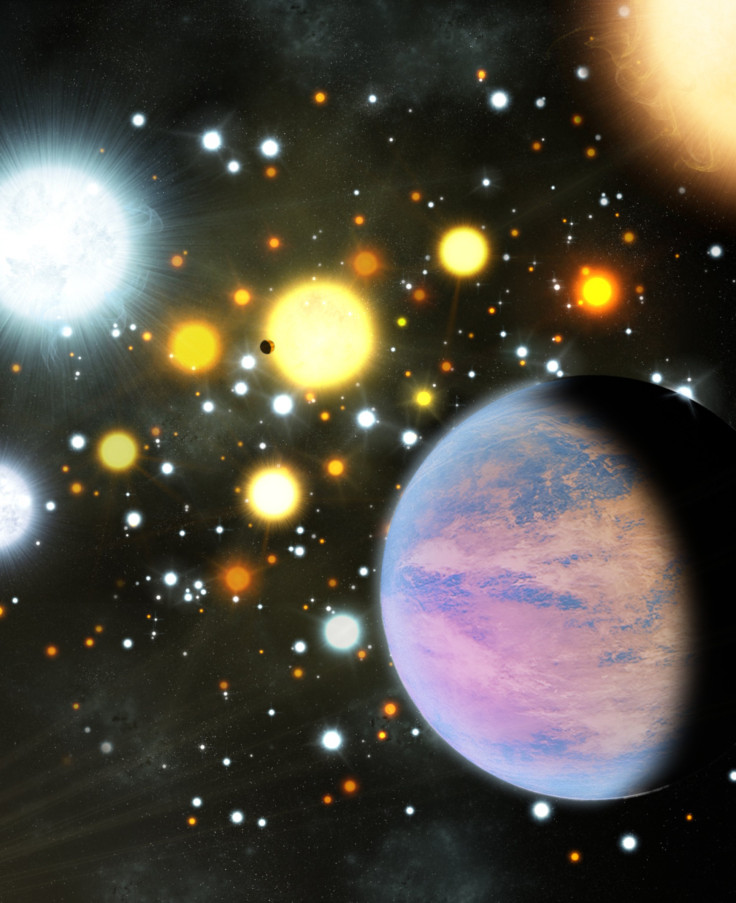Astronomers Discover First Ever Planets Orbiting 'Sun-Like Stars' In Star Cluster
Star clusters are believed to serve as early homes for developing stars, but astronomers have discovered two planets orbiting a sun within a star cluster. This is the first time researchers have ever observed such phenomenon inside a star cluster.
The research was led by Soren Meibom from the Harvard-Smithsonian Center for Astrophysics, CfA, using data collected by NASA’s Kepler spacecraft. The planets orbiting a star were found within the cluster NGC 6811, which is some 3,000 light-years from Earth and approximately 1 billion years old.
The discovery was published in the journal Nature. Star clusters can either be a group of stars bound together by gravity that soon exit out of the cluster, called open clusters, while other clusters contain groups of ancient stars, called globular clusters.

Within these clusters, stars jostle for space as thousands of stars compete against stellar winds and high levels of radiation, notes the CfA press release. In an open cluster, stars are gathering debris and gas, becoming much larger over time, but are not as gravitationally bound to one another as the ancient stars found in a globular cluster. “We thought maybe planets couldn’t easily form and survive in the stressful environments of dense clusters, in part because for a long time we couldn’t find them,” Meibom said. NASA’s Kepler mission searches for potential exoplanets, planets outside of our solar system, and to date astronomers have discovered 850 planets.
Kepler is able to discover new planets by monitoring the fluctuating brightness of a star. As a planet passes in front of the star it is orbiting, that host star’s brightness diminishes. This detection process is called the Transit Method and is a form of indirect observation. Another method of indirect observation includes measuring the “wobble” of a host star due to the gravitational pull of an orbiting planet.
The new planets, named Kepler-66b and Kepler-67b, are a little under three times the size of Earth, or 3/4 the size of Neptune, notes CfA. There have been only four other planets discovered within a star cluster, and they were much larger than the two newly discovered planets, roughly the size of Jupiter. The two planets were the first star cluster planets to be observed orbiting their host star, notes the release.
The unusual discovery of the two star cluster planets is also remarkable as Kepler-66b and Kepler-67b are among the few exoplanets discovered whose age, distance from host star and size have been identified. Meibom remarks, “Finding them shows that small planets can form and survive for at least a billion years, even in a chaotic and hostile environment.”
Astronomers were also able to determine that planet formation in star clusters is similar to planet formation surrounding "field stars," that is stars not in a cluster. The ratio of stars observed in NGC 6811, approximately 70, to planets discovered in the star cluster and their properties indicates a potential consistency to planets discovered around field stars, notes the news release.
© Copyright IBTimes 2024. All rights reserved.





















